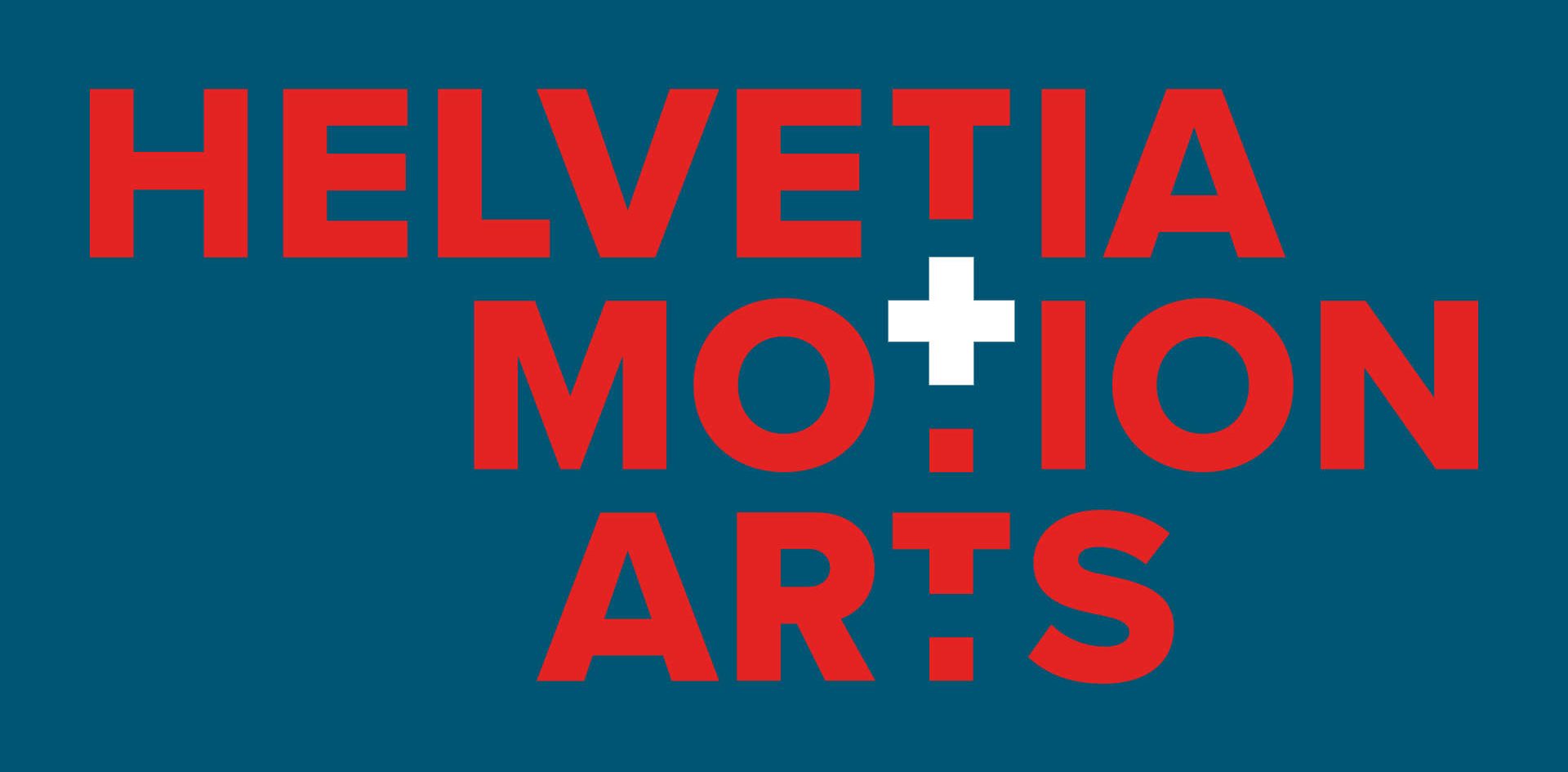
From his beginnings in Valais to his current base in Montreal, Senior Compositing Artist Nicolas Elsig has worked with leading studios such as MPC, Framestore, Cinesite and Sony Pictures Imageworks. His credits include Avengers: Infinity War, Spider-Man: No Way Home, Ghostbusters: Frozen Empire and Deadpool & Wolverine. In this exclusive interview, he reflects on his Swiss roots, his international career, and the lessons learned along the way.
What first inspired you to pursue a career in visual effects, and how did you take your first steps into the industry?
As a kid, I was fascinated by horror films and the gory VHS tapes I watched at my cousin’s place. I dreamed of doing special effects makeup, but in Switzerland the options were limited — you had to go through hairdressing first, then move into film makeup. Eventually, I turned toward graphic design and then 3D.
In the beginning, I spent hours learning Maya through DVD tutorials that cost me a fortune. After working as a Maya technical assistant at EPFL, I joined ARD Graphics, a packaging company in Vevey. That’s when Nicolas Imhof, production designer on the TV series Nos Archives Secrètes, approached me to help with visual effects. I quit my job and jumped into the adventure — that marked the real start of my VFX journey.
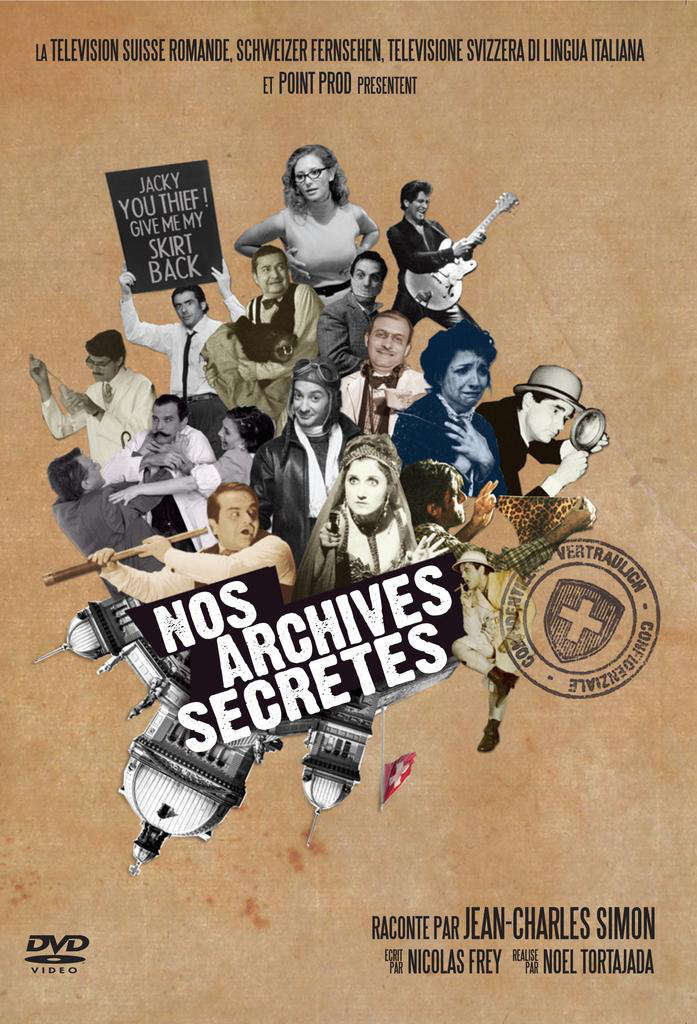
Can you tell us more about your education and how it shaped your compositing skills?
I studied graphic design, but I’m mostly self-taught when it comes to 3D and compositing. Graphic design gave me a strong sense of image, composition, and color, which still helps me in compositing today. Being self-taught taught me curiosity, perseverance, and the ability to find technical solutions on my own — essential qualities in a field where tools and methods are constantly evolving.
You started your career in Switzerland, working on commercials, TV series, and live shows. What were the main challenges and the biggest rewards?
The challenges were many: limited resources, tight deadlines, and very artisanal pipelines. We had to be inventive and find quick, sometimes improvised, but effective solutions. The biggest reward was the collective energy and creative freedom. We touched everything, experimented a lot, and learned tremendously from each project. Nos Archives Secrètes remains one of my most memorable experiences, as it was an ambitious project where I supervised FX on set and then completed the postproduction.
Working directly with directors Noël Noël and Nicolas Frey also left a lasting impression: their trust and open-mindedness allowed me to propose ideas, test things, and learn as I went along. That human and creative closeness really shaped my way of working and gave me the desire to continue on this path.
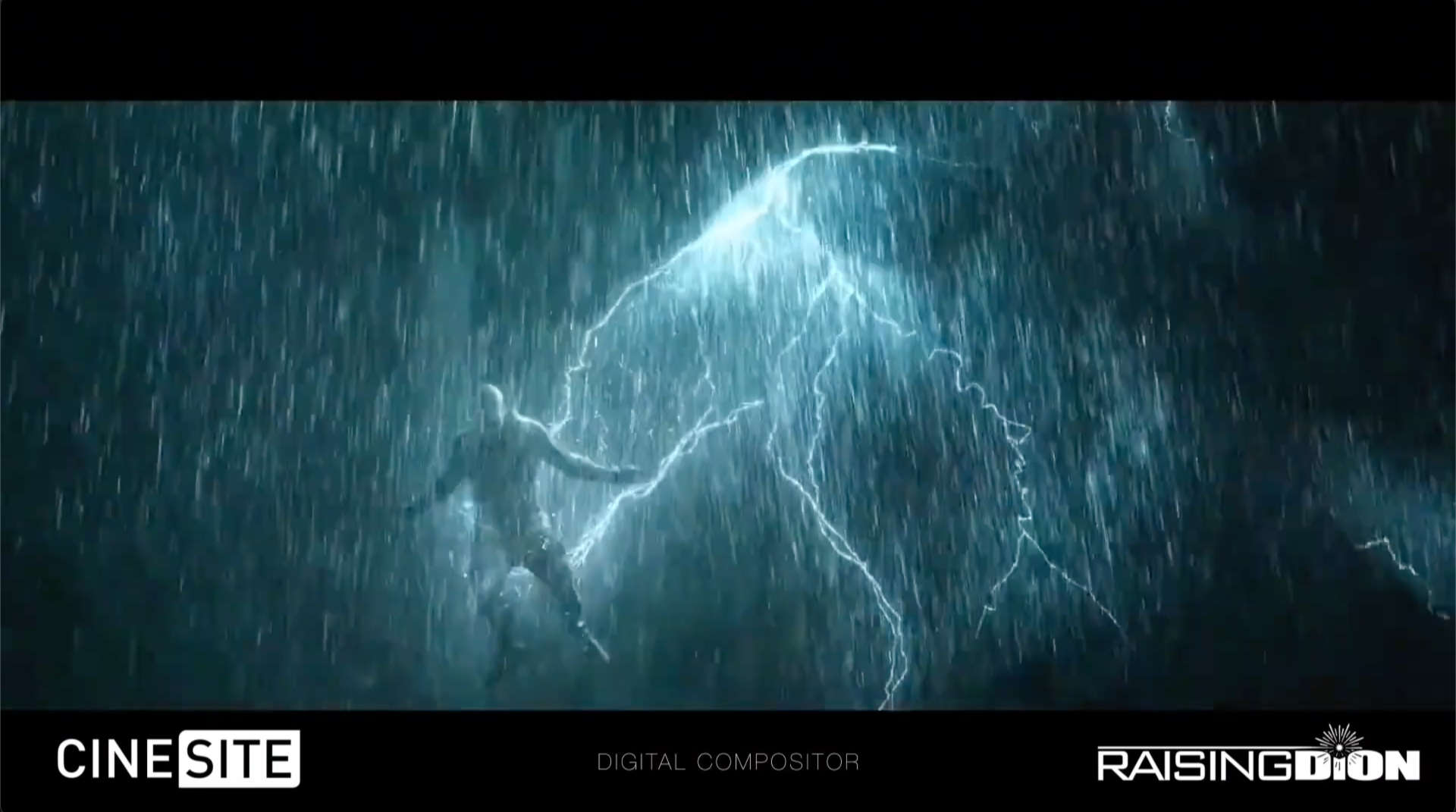
How did the Swiss VFX industry at the time influence your creative approach and your way of solving technical problems?
Working in Switzerland taught me to be versatile and pragmatic. With limited budgets, I often had to find creative solutions with very few resources. It gave me a very flexible approach: instead of just applying a formula, I always try to deeply understand the problem in order to find the best solution — even if it means stepping outside the standards.
You’ve worked in major VFX hubs like London and Montreal, for studios such as MPC, Framestore, Cinesite, and Sony Pictures Imageworks. How did those experiences differ from your early work in Switzerland?
The big difference is scale. International productions have highly structured pipelines, with teams of hundreds of people. Everyone is specialized in a very specific area. In Switzerland, we often had to be generalists; in London or Montreal, you become a sharp expert in one field. But what’s interesting is that despite these differences, the foundations remain the same: telling a story through believable images.
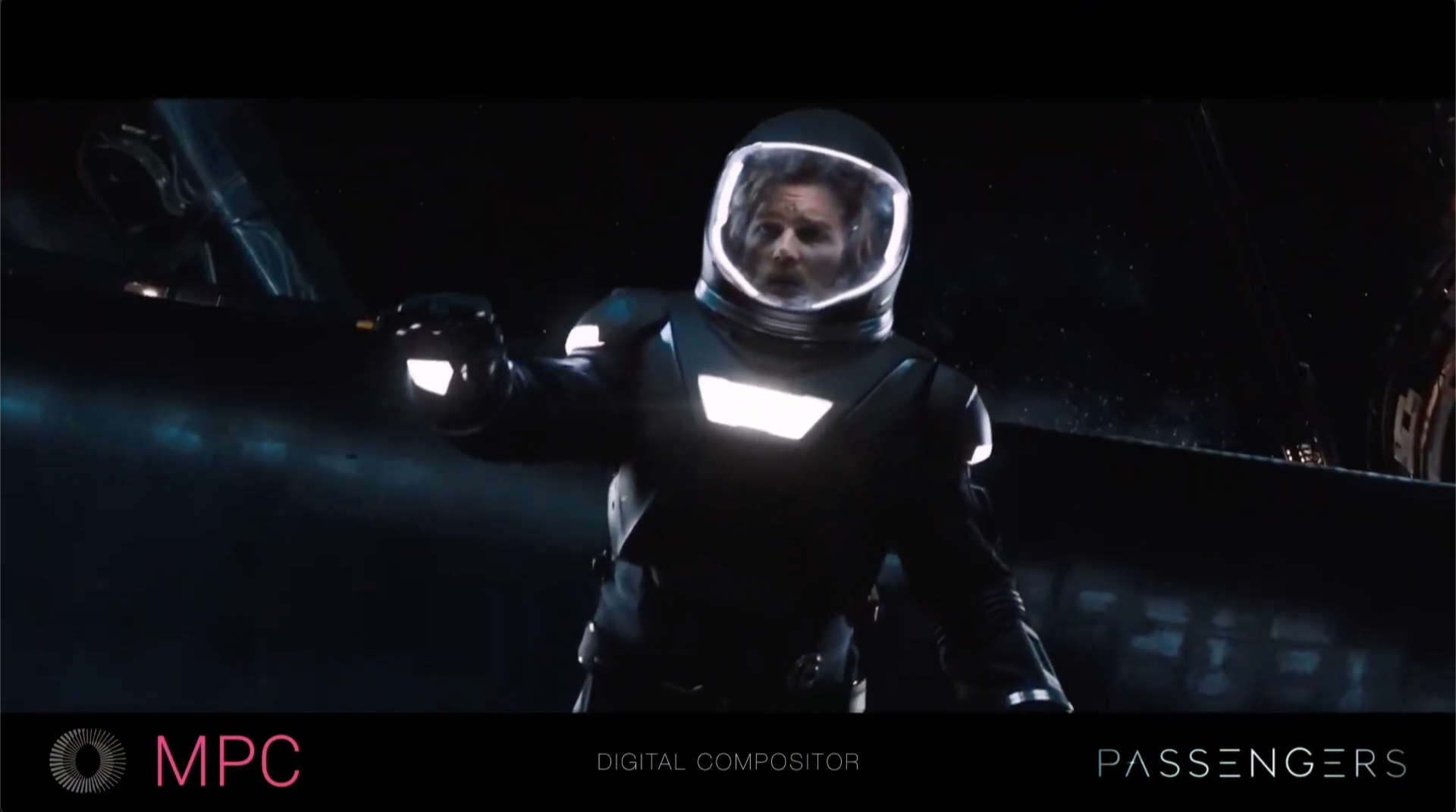
From Avengers: Infinity War to Spider-Man: No Way Home and Ghostbusters: Frozen Empire, you’ve been part of huge productions. Which project pushed you the most, and why?
Avengers: Infinity War was a real challenge because of its scale and the pressure of the project. The pace was intense and the level of precision required was enormous. But Spider-Man: No Way Home was also very significant, as it had many complex shots with extremely fine integrations. These projects push you to go beyond your technical and creative limits. Honestly, I think every project, no matter its size, is a new challenge — each time I feel that same drive to push myself further.
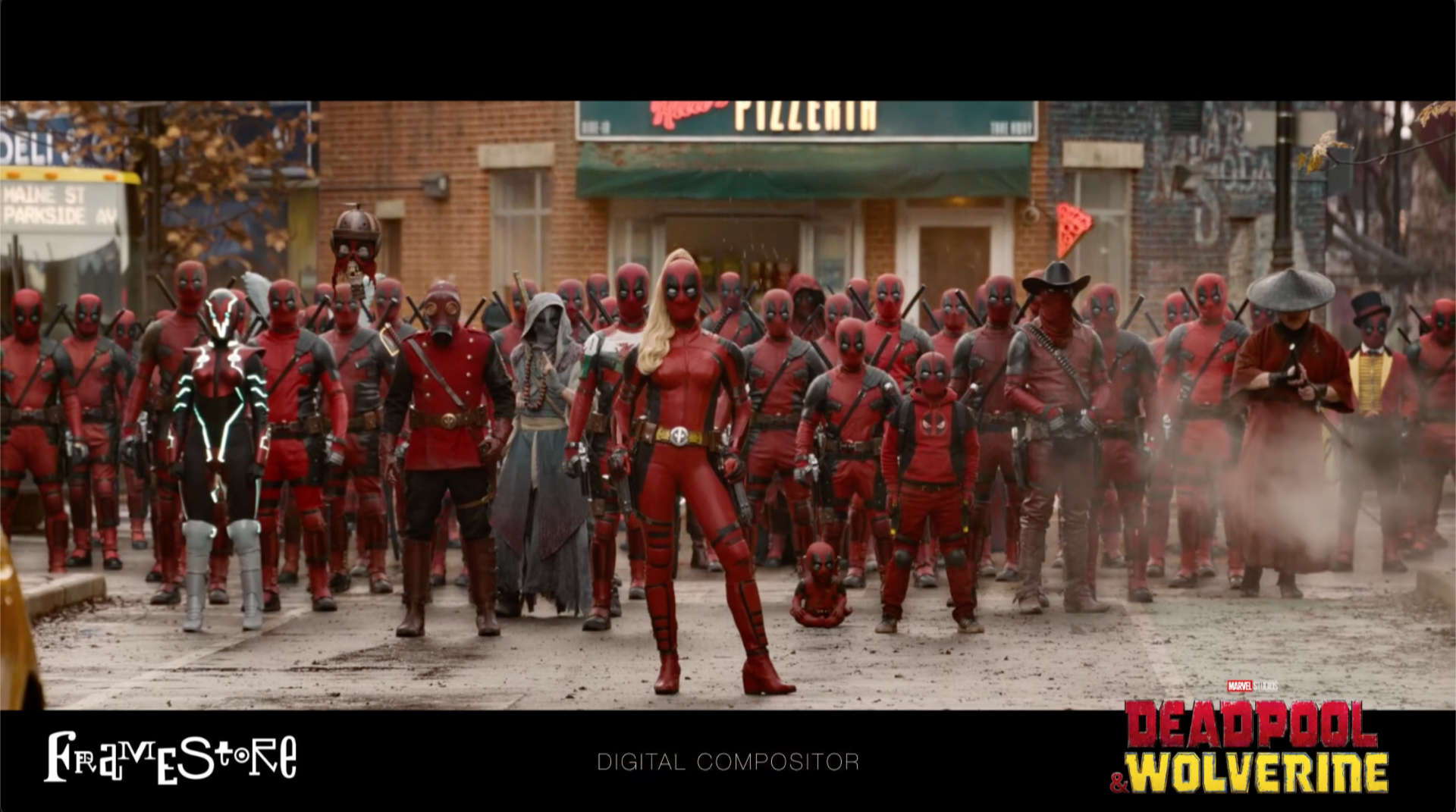
How do you adapt to different pipelines and workflows when moving between studios or countries?
I’ve learned to be flexible and adapt quickly. Pipelines vary, but in the end the differences aren’t that big. You eventually recognize the same tools and logic. I also like developing my own Nuke scripts and nodes, which I bring from one studio to another. And of course, there’s always the comfort of finding familiar tools at each contract.
Having worked on both live-action features and animated projects, how do you adjust your compositing approach depending on the type of production?
On live-action features, the goal is to create a flawless illusion that blends seamlessly into reality — every detail must be invisible. On animated projects, the work is often more stylized, and you can push the artistic side further. The approach is different, but in both cases, the aim remains the same: to serve the story and strengthen the visual impact.
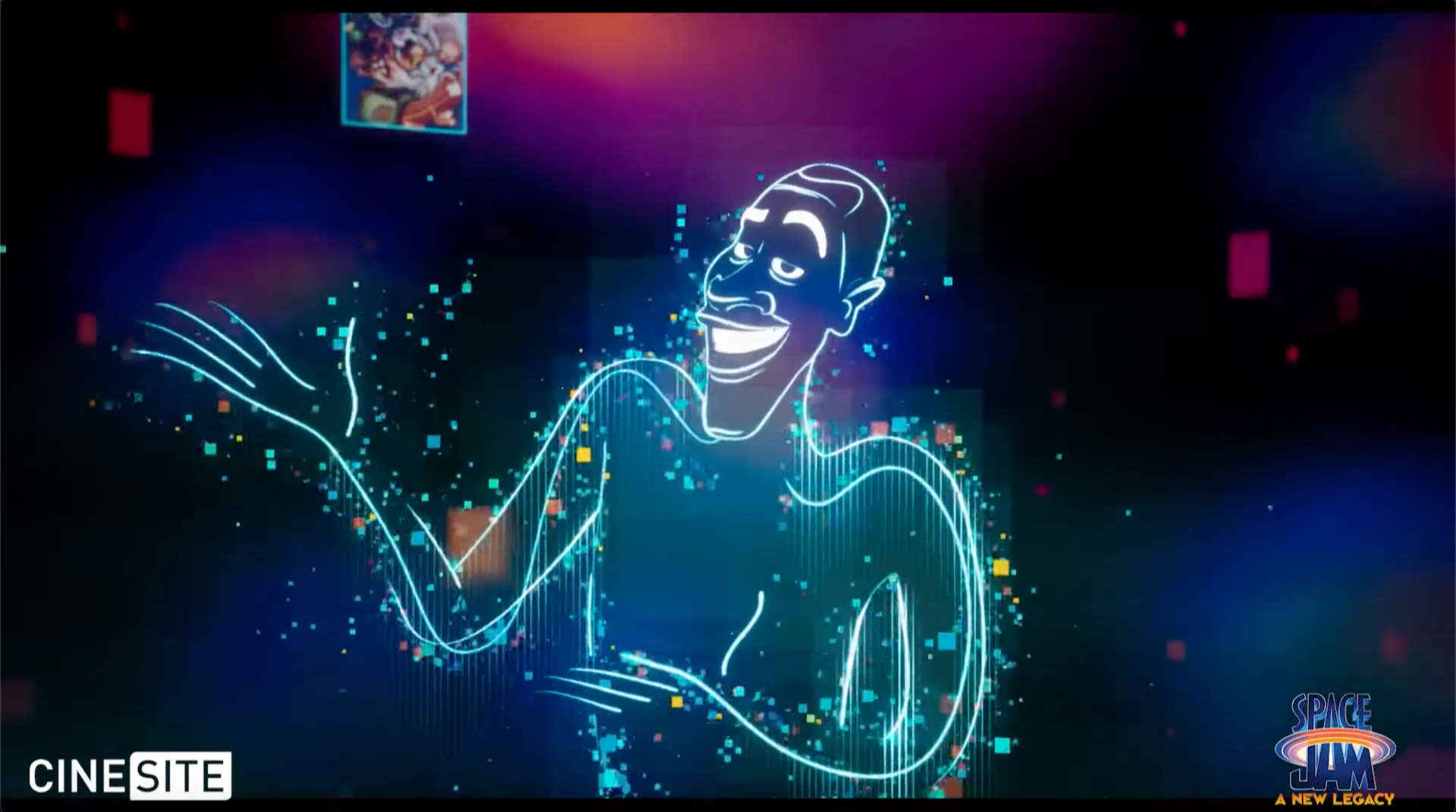
How do you see the VFX industry in Switzerland today compared to the international scene?
The Swiss industry remains small, but it’s evolving. It has its own strengths: a lot of creativity, great versatility, and a real capacity for innovation. Compared to major hubs like London or Montreal, it lacks scale, but it can offer very formative experiences. I think there’s still great potential for growth, especially with the new generations. Recently I’ve seen companies in Geneva and Zurich offering virtual production, robotic camera systems, and other innovative technologies — it’s exciting.

What evolutions or trends do you think will impact compositing the most in the coming years?
The growing integration of AI in pipelines will transform our methods. We already see tools that accelerate repetitive tasks. But I believe the role of the artist remains central: the human eye, artistic sense, and narrative understanding cannot be replaced. Virtual production and real-time workflows will also continue to gain importance.
Personally, I experiment a lot with AI, whether through ComfyUI or development. I think we shouldn’t fear it but rather learn to harness it and make it an ally.
Looking back, what has been your best memory or most defining moment in your career?
I have a very strong memory of my early days at Point Prod in Geneva: it was a small but extraordinary team, full of talent, on an ambitious project, and I discovered the magic of transforming a shoot into extraordinary images through visual effects. That was the moment I knew I was in the right place. Later, working on blockbusters and seeing my name in the end credits at the cinema was also very emotional — the childhood dream come true.
If you could choose any project or universe, what would be your dream assignment?
I’d love to work on a project that mixes horror and fantasy, echoing what fascinated me as a kid with makeup and gore films. Something that would allow me to reconnect with that initial passion — but with today’s tools.
